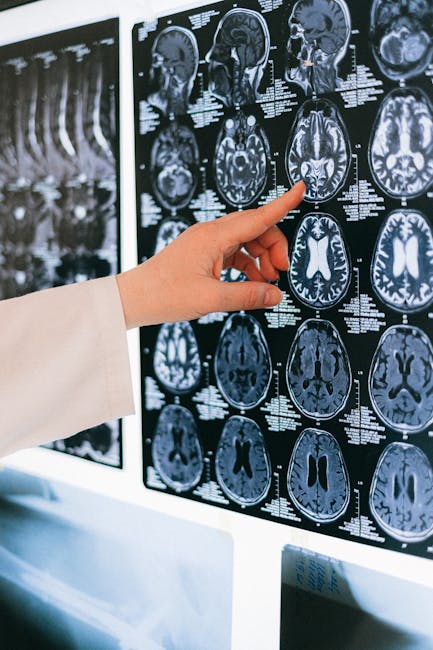
Parkinson’s disease, a progressive neurological disorder, affects millions worldwide, causing tremors, rigidity, and difficulty with movement. While medications like levodopa are often effective, they don’t work for everyone, and their efficacy can wane over time. A groundbreaking new study using advanced brain scanning technology has unveiled crucial insights into why these drugs sometimes fail, offering a glimmer of hope for improved treatments.
The Brain’s Inner Workings: A Deep Dive
Researchers utilized cutting-edge neuroimaging techniques, including functional magnetic resonance imaging (fMRI) and positron emission tomography (PET) scans, to examine the brains of Parkinson’s patients. The scans allowed them to visualize brain activity and track the distribution of key neurotransmitters, such as dopamine, which is crucial for movement control. The study specifically focused on how the brains of patients who responded well to medication differed from those who didn’t.
Unveiling the Mystery: What the Scans Revealed
The study pinpointed distinct differences in brain activity patterns between the two groups. For patients who experienced little or no benefit from their medications, researchers observed altered dopamine pathways and a higher prevalence of neuroinflammation. This suggests that in some cases, the disease has progressed to a point where the medications, which primarily aim to boost dopamine levels, can no longer effectively reach or impact the affected brain regions. Further analysis suggests that factors beyond simple dopamine deficiencies might be at play, contributing to the drug-resistant nature of the disease.
Implications for the Future: A Path to Personalized Treatment
This breakthrough has significant implications for future Parkinson’s treatment strategies. By identifying the underlying mechanisms of drug resistance, researchers can potentially develop more targeted therapies. These could include:
- Personalized Medicine: Tailoring treatment plans based on an individual’s brain scan results, predicting who will respond best to current medications, and identifying candidates for alternative therapies.
- New Drug Targets: Developing drugs that address the underlying causes of drug resistance, such as neuroinflammation or impaired dopamine pathways.
- Earlier Intervention: Using brain scans to identify patients at risk of developing drug resistance, enabling earlier intervention and potentially slowing disease progression.
Looking Ahead: Hope for a Better Tomorrow
While this study is a significant step forward, further research is needed. Scientists are now working on larger-scale studies to validate these findings and explore new treatment avenues. The ultimate goal is to improve the lives of those living with Parkinson’s disease, ensuring that effective therapies are available for everyone, regardless of their disease progression. This is a promising start to a new era of precision medicine in Parkinson’s treatment, driven by the power of brain imaging.
